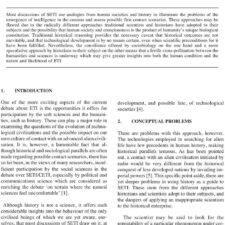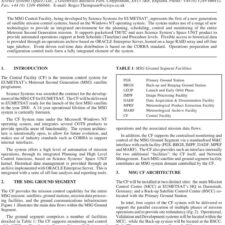Can the Flyby Anomalies be Explained by a Modification of Inertia?
£5.00
M.E. McCulloch (2008), JBIS, 61, 373-378
Refcode: 2008.61.373
Keywords: Spacecraft dynamics, flyby anomalies, inertial mass, gravity assists, metamaterials
Abstract:
The flyby anomalies are unexplained velocity increases of 3.92, 13.46, 0.11 and 1.82 mm/s observed near closest approach during the Earth flybys of the Galileo, NEAR, Cassini and Rosetta spacecraft respectively. Here, these flybys are modelled using a theory called Modified Inertia due to a Hubble-scale Casimir effect (MIHsC). The model suggests that when the crafts’ accelerations, relative to the Sun, approached zero near closest approach, their inertial masses reduced significantly for about 10-7 s leading to an Earthward jump and, to conserve angular momentum, increases in orbital velocity of a few mm/s: roughly the same order of magnitude as the flyby anomalies, except for NEAR. The results were extremely sensitive to the Hubble constant H and the theory needs further investigation, but these ideas suggest the possibility of controlling the inertial mass by damping Unruh radiation, perhaps, as suggested here, using metamaterials. The control of inertia, if possible, would have many implications for space travel.





